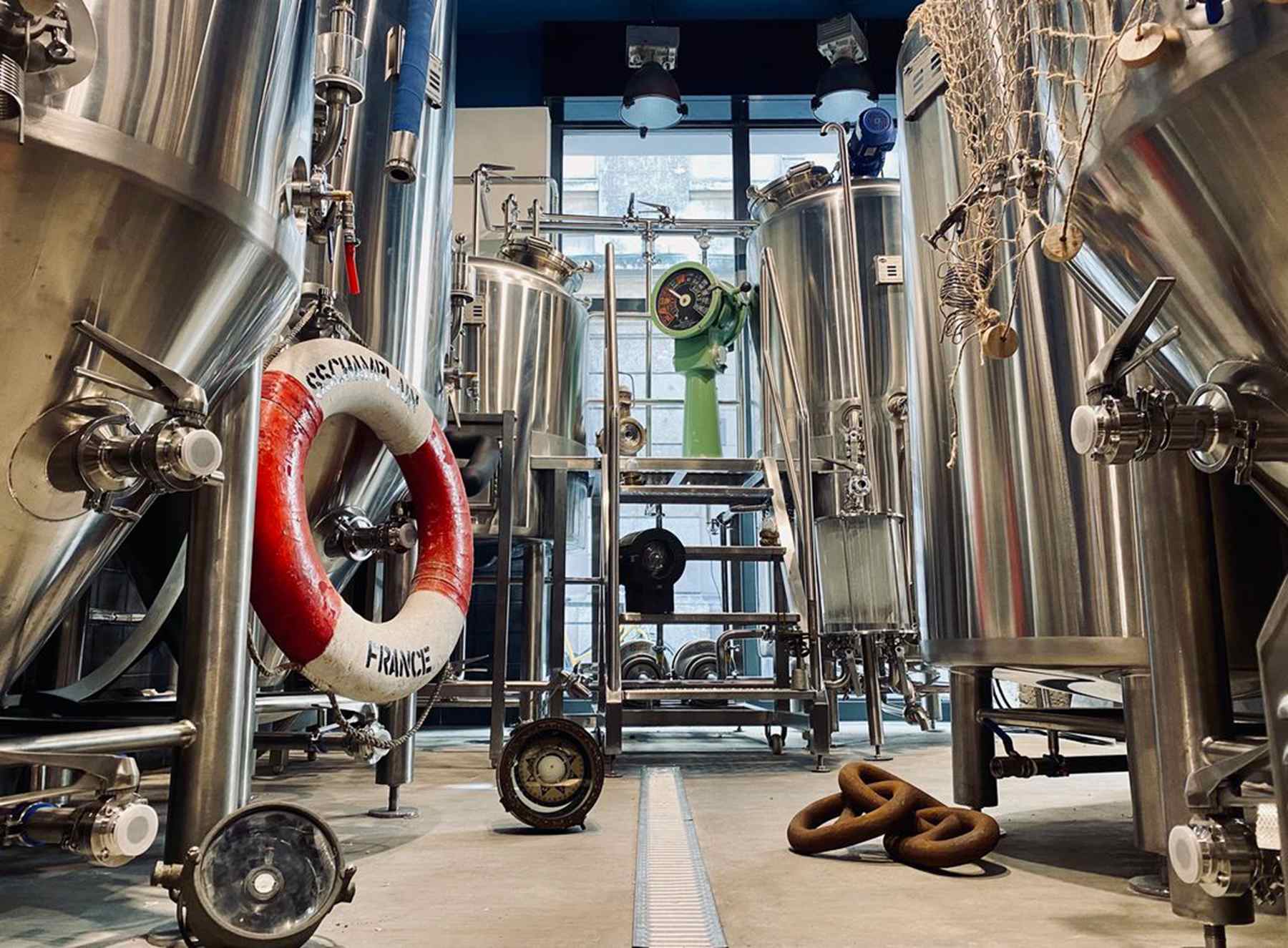
Plate heat exchangers come in a variety of shapes and sizes and can use a variety of innovative heat transfer technologies depending on the needs of the application. Among its many advantages, the three most important are space saving, low environmental impact, and reduced energy and ongoing maintenance requirements.
Squeeze plate examples and tight holes lead to high turbulence at low liquid velocities. Combined with reverse airflow, it produces a high thermal kinematic coefficient. Minimized size and high efficiency require a reduced area over which heat moves, resulting in a more modest heat exchanger than is required with other types of heat exchangers. Plate heat exchangers must save 20-40% space than shell and cartridge heat exchangers.
You can build it in pieces. Thus, you can have simple dividing panels or more complex dividing profiles with more associations. This makes it possible to heat, recover and cool liquids in one heat exchanger, or to heat or cool various liquids using similar cooling or heating sources.
All you have to do is remove the tension bolt and slide the multi-function housing back into place. The plate pack can then be inspected, pressure cleaned or repaired if necessary.
The high productivity of plate heat exchangers also enables them to reach close temperatures, which is especially important in heat recovery and recovery applications. Temperatures closer to 1°F are conceivable.
A high heat transfer coefficient means smaller heat transfer areas and more modest, sometimes even fewer, heat exchangers. This and the smaller space prerequisites reduce the flow rate and mean a gentler siphon.
Although a plate heat exchanger has many advantages, it also has some disadvantages. Some of these cons are listed below for your review.
Although the process cost of plate heat exchanger is low, its initial cost is high. This is because titanium plates are a bit more expensive than other plates on the market.
Another major disadvantage of plate heat exchangers is the difficulty of finding leaks in them. The reason behind this is that the process of doing a pressure test is not as easy as it is for tube coolers.
Still have a problem on choosing the brewery equipment? We can help with your final decision. If you are looking for a turnkey solution for craft beer brewing system, please contact us. We are looking forward to working with you. Send an email now: [email protected]


.jpg)





Get A Quote